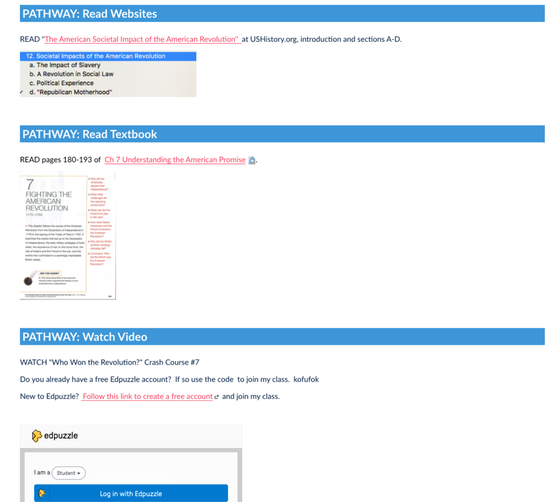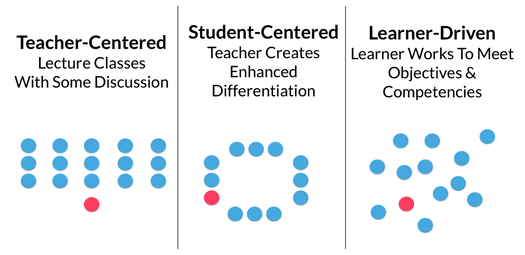 Brad Rathgeber Brad Rathgeber Over the course of this year, I’ve written about ten lessons that we’ve learned in ten years of online education at One Schoolhouse. This tenth lesson is perhaps the most relevant for classroom teachers, because it is directly transferable to the face-to-face classroom and is easy to implement starting on a very small scale (it can be tried in a single class period). We learned that when students have choice in what, how, and when they learn, they are more engaged in their course work. Honestly, we had a hunch about the “when” part even before we started in online learning. We knew that student schedules were crazy… and that it was unrealistic for us adults in the school community to ask our students to go from 45 minutes of calculus to 45 minutes of discussing Shakespeare to doing a chemistry lab for the next 90 minutes. How could our students concentrate the way they needed to and engage fully with that type of expectation? What we didn’t know was the "how" or "what"… nor did we know that there was good research about giving students choice in “how” and “what.” Larry Ferlazzo identifies four qualities as critical to helping students motivate themselves: autonomy, competence, relatedness, and relevance. These are central to engendering student agency because they build a culture of choice in your classroom. By empowering students to manage themselves, we invite them to the table as partners in their learning, rather than as recipients of our teaching. As a result, students feel respected and safe, which promotes a growth mindset of risk-taking and learning. Daniel Goldman describes this internal motivation as, “a passion to work for internal reasons that go beyond money and status - which are external rewards, - such as an inner vision of what is important in life, a joy in doing something, curiosity in learning, a flow that comes with being immersed in an activity. A propensity to pursue goals with energy and persistence. Hallmarks include a strong drive to achieve, optimism even in the face of failure, and organizational commitment.” This research helped us ask questions about how we could enable student choice within our classrooms — and whether we had more opportunity to do so in an online space with extensive resources abounding. Our first foray into this work was in developing content pathway choice for students… that’s the example you see below. When a student first explores content in a class with us, they are given choice in how to begin… Here the options include a number of online resources, video resources, and textbook resources. Many students find that they have to complete multiple pathways in order to fully grasp the content. Moreover, we were asking these questions at a time when the field of personalized learning was just starting to take shape. We embarked on a long term project on transforming our online classroom to be learner-driven and personalized. Teachers used what they learned over the years about differentiation, creating pathways for students to choose how to access new content, assess their understanding, and apply learning to the real world. This gives students agency — and, importantly, it also gives students relevance, another key factor for engagement that we learned from Ferlazzo.
0 Comments
Leave a Reply. |
Don't miss our weekly blog posts by joining our newsletter mailing list below:AuthorsBrad Rathgeber (he/him/his) Archives
July 2024
Categories |



 RSS Feed
RSS Feed